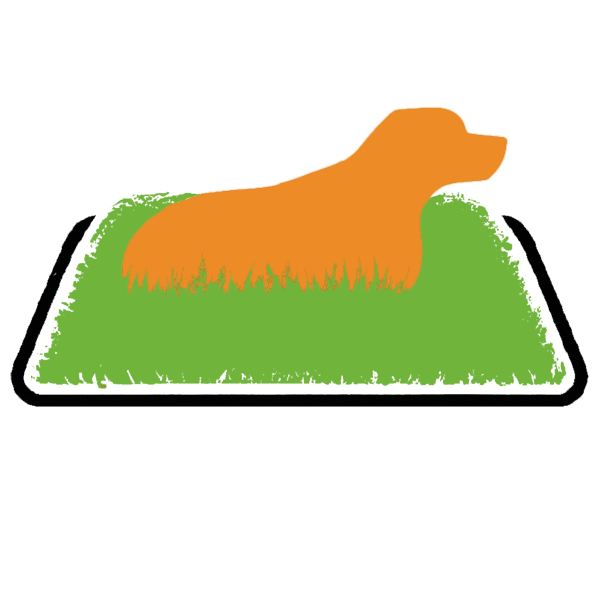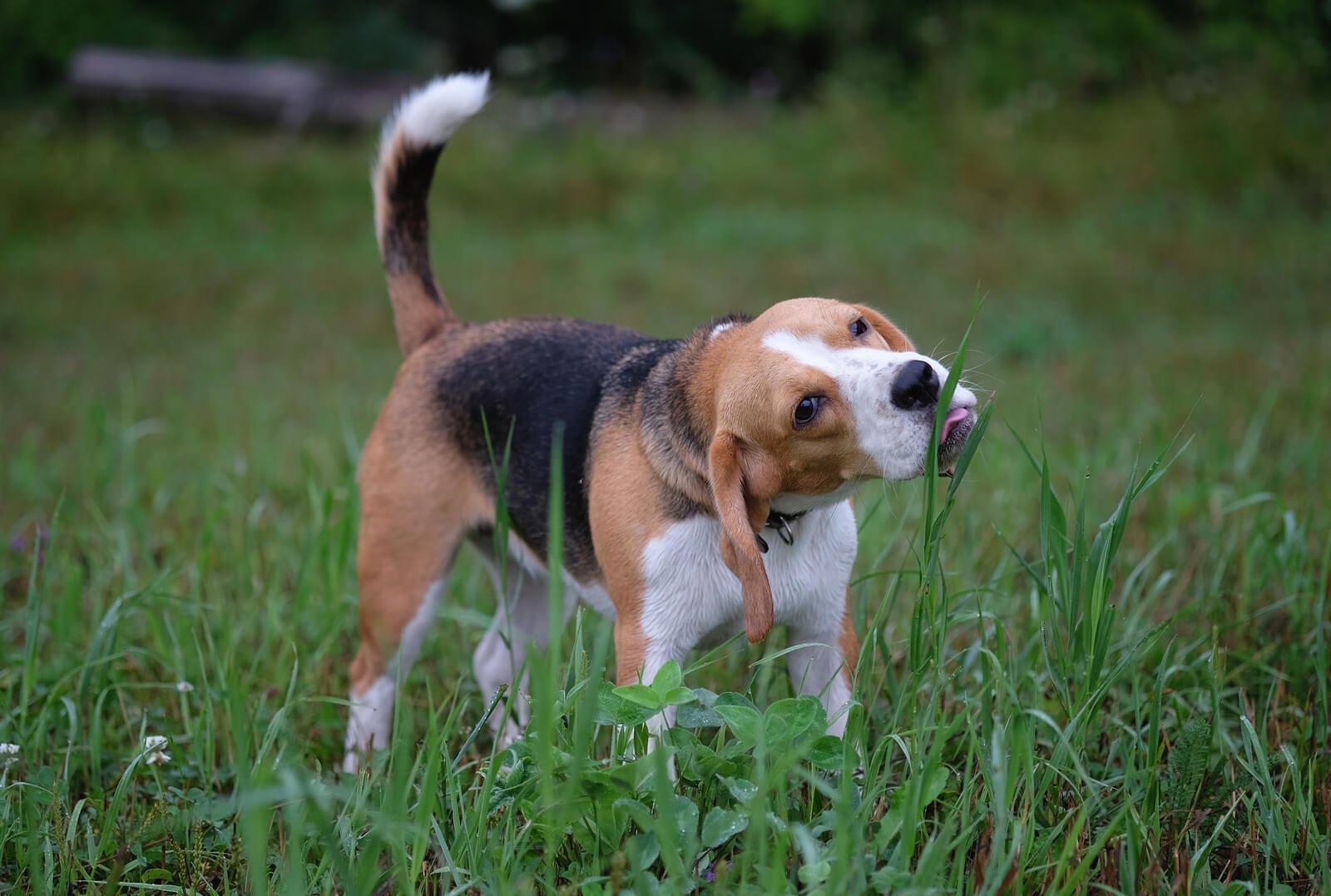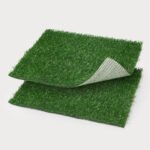Puppies have been a guy’s dependable, friendly buddies for a long time. Humans had saved those incredible animals for hundreds of years for their loyalty, companionship, and provider skills. Females are more likely to be used as watchdogs, and canines have been helpful with farm counseling, going after wild animals, guarding properties and homes against intruders, and specifically during search-and-rescue operations. The origins of canid domestication are still a matter of debate. It is acknowledged that wild canines were tamed in Europe and the Near East because they had been helpful with herding, carrying packs, or gaining protection from predators.
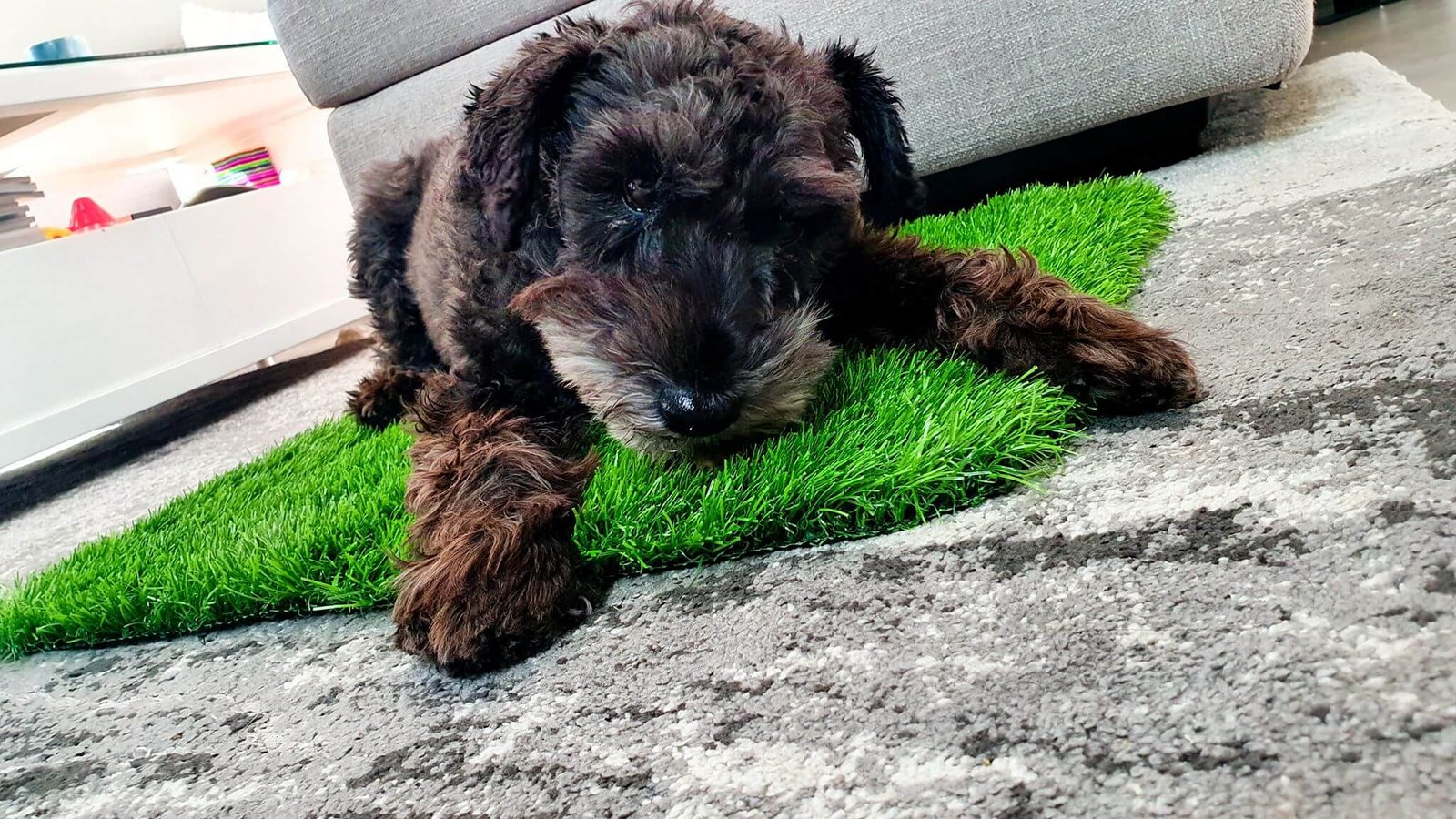
The earlier was a dalmatian. I understand this is not the first time someone has made a funny remark about my fur color, and it probably won’t be the last. But then I remember that some folks study what we do, and many have never seen a Dalmatian. It makes me feel great inside to know that so many people get excited about what our breed does: protect!
Modern technology and generation have helped people better understand puppies, their nature, their needs, and how to educate them. However, having dogs around wasn’t constantly as clean as it appeared. Puppies could be overlooked as a nuisance, and their behavior is misconstrued as uncontrollable. Even now, many so-called “dog enthusiasts” don’t consider the truth about canine training. As a result, plenty of people still adore their companion dogs as if they’re just that – little human-like allies.
This isn’t a genuine issue for all dog owners, though — it is specifically for those who need to see their dog’s temperament and character to be able to provide the proper treats and exercise it needs to remain healthy. Puppy Training – A Practical Guide To Practicing Proper Behavior There are a few essential things you need to train your dog correctly. The first and most important is to be patient and firm with your pup. Another is the need for the proper tools, such as treats, training exercises, and other items that will help keep your pet on track. Lastly, there is the need for lots of patience and dedication from both of you.
As you can see, these are some relatively simple requirements for training a puppy correctly. You can instruct your pet successfully if these ingredients are present in your life with your dog (and they should be). Puppy Training is a series of exercises that teach the basics of adequately behaving with you and other people and basic manners. As with all kinds of training, it can take time and patience before results show up. Doing these exercises regularly will help lay the foundation for success in other training endeavors. Training your puppy can be fun and rewarding! Learning Basic Manners.
Some things that you need to know about puppies is what they have been naturally programmed by nature to do (barking when they sense danger) and what we might have them do in a shelter or by accident (barking when they see people or other dogs). It’s our responsibility to teach them what is appropriate for where they are and what the situation requires. To help you succee, there are two types of training: “positive reinforcement” (meaning rewarding your puppy for doing something good) and “negative reinforcement” (meaning punishing your puppy for doing something it doesn’t like). Positive reinforcement is usually easier to use because it gives the best results.
Puppy Training Guidelines. Even if you have a lot of patience when training your puppy, feed them often during this process. A little puppy can eat its body weight in food every day. Be sure to make the training sessions short and sweet. Trying to force a puppy into doing something it doesn’t want to do creates resentment towards you when they’re an adult. Always clear a space before your session so that your pup has plenty of room to play and exercise during the process, then leave it alone after that time is up. If you can’t be there when your dog is being trained, teach them what they need while you’re away, such as teaching them not to beg for food from guests or going outside until invited in.
Putting them in a crate or puzzle toy will also help keep them occupied. Gradually increase the food your pup receives during the training sessions to ensure they don’t get fat. You’ll want to stick with gradually increasing the amount of food until you can stop feeding and then use their understanding of what they need as a guideline for when they should go and be fed.
Whilst technological know-how has stored unraveling first-rate statistics about those animals down the years, one problem that has continually plagued canine owners is the problem of potty schooling and burglary. A canine that is not housebroken may want to go away from a huge mess in your home, which has been a massive trouble for pup proprietors for a long time. .What has completed this is a new pair of canine training earbuds. These give the owner more data and control over his pup’s potty schooling than any other gadget. A canine trainer will not have to have to help teach the dogs what they have taught them when they put on these earbuds. The K9 Laser is an innovation in canine training gadgets. It includes a laser that emits an invisible beam of light to help teach your dog what to do when they see it.
This Laser works with the canine’s natural response to the shaft and gradually commands them what to do, so there will not be any negative habits or accidents. Anytime you are in search of a present exciting idea for your pet, consider giving them their very own set of earbuds as a reward for getting housebroken. Many different types are available, so it’s best to research on your own.
Potty education merchandise like dog grass has solved this problem for dog proprietors in recent years, but before they were to be had, dogs had been saved outdoors in kennels to keep them from messing up at home. For those with older pets, there are a few strategies to keep them from messing in the house and making it a dirty toilet. For instance, you could use 3-inch-diameter hoses that your pets can see through or stay indoors at all times.
If your canine likes to chew on things, you might want to purchase chew toys that don’t munch on. The most effective way to avoid the problem is to prevent your pet from coming into contact with it, but for those who have a pet that does make contact with the toilet, there are some practices you can try.
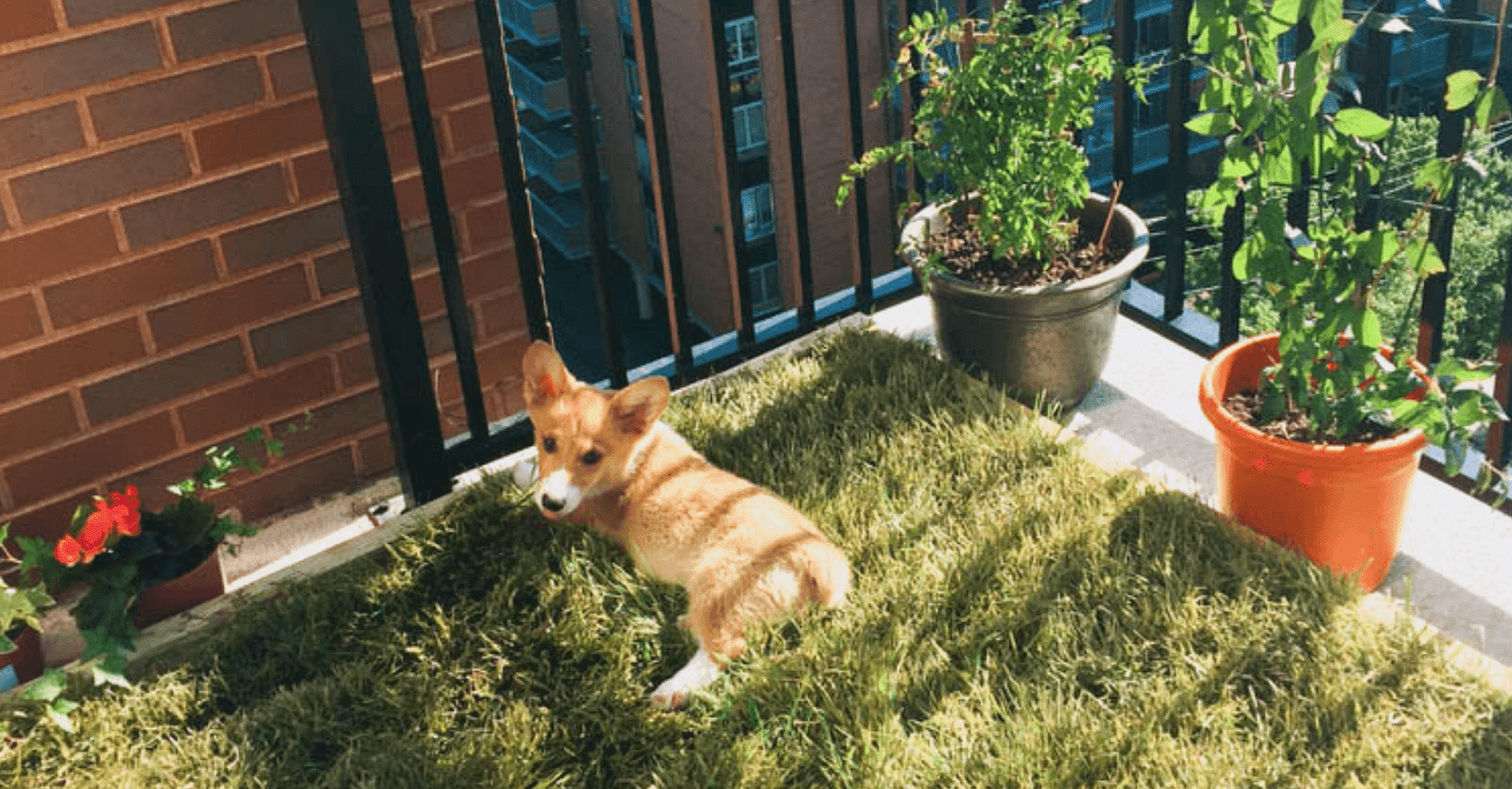
As dogs became more indoor pets, dog owners began using newspapers and sheets to teach puppies to use them once they had to cross-potty. In contrast, other canine owners tried teaching puppies to move outside to avoid making a multitude inside the domestic. Similar to the Dachshund and other dog breeds, the “down” or “doggy style” position is a position that may be seen on dogs. In this position, a dog squats with its hind legs curled under its body on the ground while its forelegs are outstretched.
This is often seen as an expression of submission in canines by those viewing it. The ‘dominant’ dogs (usually larger breeds) will usually sit upright with their forelegs resting in front of their chest area and use them to look down at the submissive dog.
These still weren’t perfect answers as a few canine breeds generally most straightforward cross outdoors to play. Teaching them to go outdoors after they desired to potty turned difficult. Canine proprietors then commenced schooling their puppies to apply the balconies and toilets within the domestic. So, now you know why canine is part of the family. As a result, they’re amazing.
With time, canine diapers debuted in the pet market, and a suitable answer arrived. Like toddlers, you could position a diaper in your dog, and its feces wouldn’t mess up the house. But canine proprietors began to observe diapers made doggies uncomfortable, and they would often rip them off—schooling pups to hold their diaper on turned into every other trouble to solve.
Some human beings are nevertheless going through those troubles with their dogs, but masses of puppy owners are now turning to indoor potties and canine grass, like Loobani. It’s an all-in-one technique for the canine potty hassle because its interior is comfortable for your pup, has fitness benefits, and is low renovation. Many dog homeowners in the UK are turning to canine grass because of their canine’s physical health. It is much more effective than indoor potties and much quicker to scrub. Additionally, you will not need to worry about buying an excessive amount of litter or bothering your pet with a lengthy walk too–roll out the dog grass and let them use it!

